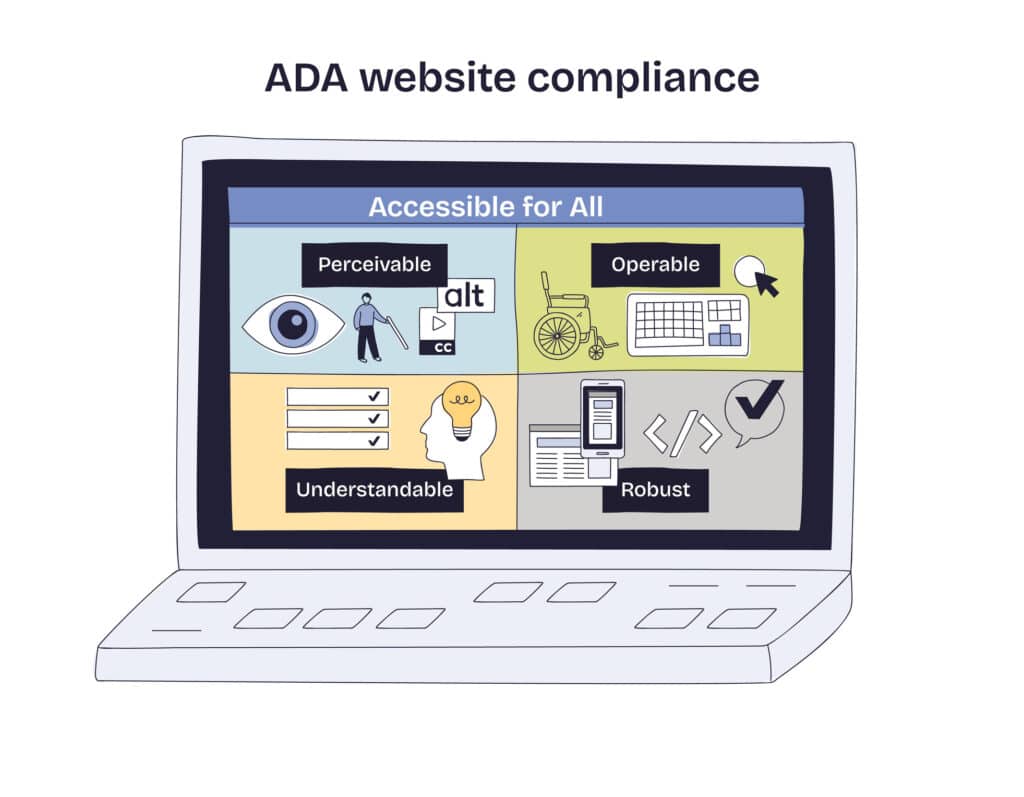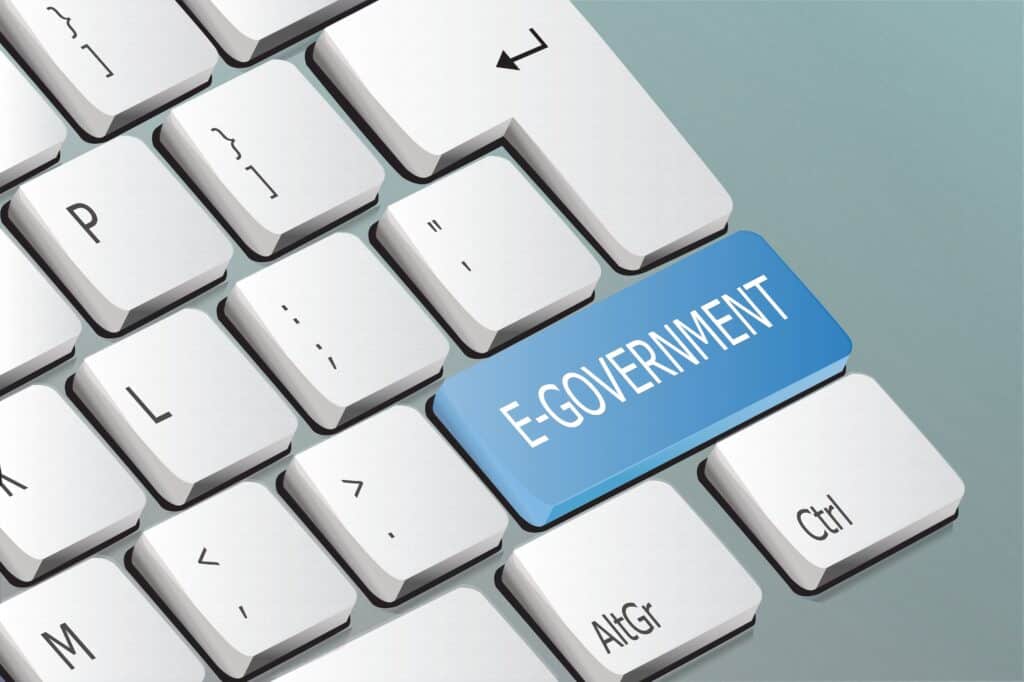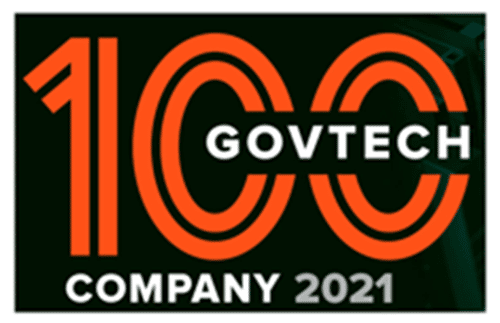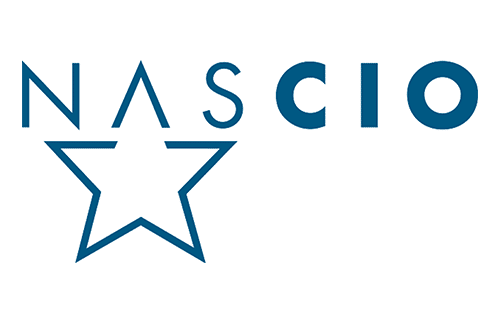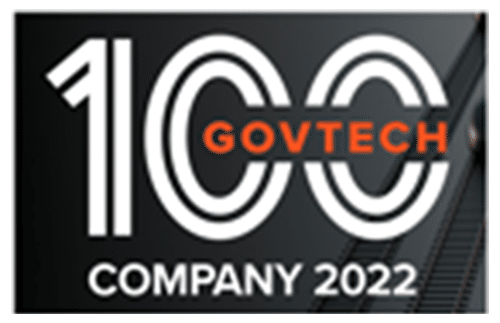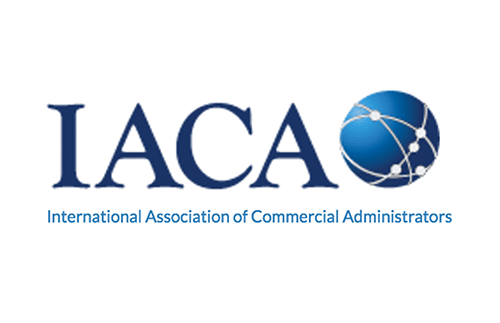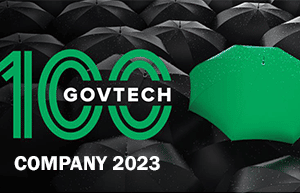Although the move away from legacy electronic signature pricing models and approaches was well underway before the pandemic, the unprecedented events of the past several years only served to accelerate the seismic shift already in motion across government.
Pre-pandemic, many government customers still accepted legacy pricing models of being charged by ‘the envelope’ and positioning from the industry that electronic signature was the cornerstone feature in a workflow automation solution rather than the workflow itself.
Fast forward to today: The new reality is that it’s increasingly apparent that governments are pivoting away from legacy approaches toward electronic signature and workflow solutions that are better designed to suit their real needs.
Declining Patience with Variable Pricing
As they race to digitize citizen-facing and administrative business processes, the appetite of local and state governments for weathering variable pricing in electronic signatures has become fleeting. As is trying to make less-than-perfect workflow integrations, not fit-for-purpose in government, work for the very specific workflow needs of the public sector.
A city taking citizen-facing business processes live for the first time can’t afford to guess if the first month will see one thousand, ten thousand or fifty thousand citizens executing electronic signatures within a new building permit application. Just as a county delivering essential health services to citizens experiencing homelessness for the first time can’t afford to guess if case workers in the field will exceed electronic signature allotments and trigger new fees. And a state agency shifting to digital contracting and executive approval processes should not be forced to count how many times a business process requires electronic signature and what the increase in digital contracting (which is ultimately a positive outcome) will translate into in unanticipated costs.
Beyond the realization that legacy electronic signature pricing models are no longer viable, the understanding that electronic signature is just a means to an and end in a business process has also become clear. In fact, many in government have come to the realization that e-signature is just a commodity and how understanding and automating the underlying business process is the most critical element in driving true digital transformation.
To industry’s credit, the awareness of the shift in government sentiment is beginning to be recognized. Legacy electronic signature providers are shifting their focus from electronic signatures to “agreements” and “documents” rather than electronic signature. However, messaging is oftentimes different from reality and upending millions of dollars in legacy government contracts will not happen overnight, given how profitable they have been for legacy electronic signature providers over the years.
Applying the Right Criteria for Electronic Signature Solutions
With this in mind, it’s important to evaluate the following factors when selecting a complete electronic signature, forms and workflow automation platform. It should include unlimited electronic signatures and be entirely purpose-built for automating business process workflows in government and not just a means to collecting and tallying record levels of electronic signatures. Choosing the right technology platform should include careful evaluation and selection based on the following criteria:
Pricing Designed for Government: This is a Big Deal!
Electronic signatures in government should not be compared to electronic signature approaches in the corporate world. The business of government is entirely different, although citizens should expect the same ease-of-use and seamless experience they find in the commercial world.
Government process automation consists of forms and administrative business processes such as executive approval routing and contract creation and management, and each form can be a part of single or multiple workflows. With the legacy corporate approach, this means the customer – government – is paying for every electronic signature transaction, even if there are multiple electronic signatures in a single workflow!
Because SimpliGov works only with government, we understand that an electronic signature is simply part of a workflow. We also understand that forms are also part of the workflow. With the SimpliGov workflow platform, the signatures are all included through our native electronic signature capability in SimpliSign.
Paying for multiple electronic signatures across forms is an outdated approach that does not fit the needs of government today. User license costs and associated legacy costs such as document generation and API calls are also a thing of the past as variable costs in government, particularly with increasing digitization, is not a scalable solution and ultimately restrains digital transformation. To that end, SimpliGov – including SimpliSign – is a single-SKU platform with no electronic signature transaction limits, no user license fees or related fees for APIs, document generation or analytics.
Customizable Notification Reminders and Messaging
Notifications are great until you start receiving them! Tailored views and notifications for users are essential, whether delivered through email reminders, alerts and/or through customized dashboards. Notifications, messaging and dashboards from SimpliSign can be customized with your own HTML to deliver a truly seamless and consistent experience. You can also filter out unnecessary and duplicative notifications by setting parameters that work for your organization and ensuring critical tasks are elevated appropriately and not lost in a sea of ineffective notifications.
Dynamic Document Tagging & Grouping and Conditional Template Generation
SimpliSign offers users the ability to upload documents (DOCX, PDF, XLSX, PPTX) and send them for signature regardless of whether they have been tagged or not. Users do not need to rely upon information being copied over from a SimpliGov form to a document. Instead, users can build and tag their document on the fly for signing. A SimpliGov form with file upload field(s) can be provided to users, users can then upload their file(s) and be shown a web-based editor where they can drag and drop various signature fields (signature pads, usernames, etc.) and data fields (text boxes, radio buttons, checkboxes, etc.), specify signers, and CCs for the document to be routed to, and designate which fields are filled in by which party.
Grouping is specific to our current “merge fields only” functionality but customers can achieve similar outcomes using conditional logic settings. Users can specify the grouping of document outputs, extremely useful when one is generating multiple files and wants them output separately or in groups instead of as a single compiled document.
Documents generation based on pre-defined conditional logic settings is also critical. This SimpliSign capability removes user error and automates the document selection and generation process based on pre-defined and executed workflow criteria.
An Integrated Workflow, Forms & Electronic Signature Platform Purpose-Built for Government
Although many claim to provide truly integrated and native workflow, forms and electronic signature solutions, the devil is always in the details. Some industry approaches involve leading with an electronic signature product and providing various partner, previously acquired workflow and forms solutions and/or claims of easy integrations with other technologies.
This is far from ideal, as the customer is ultimately left with learning and implementing what may feel like disparate solutions or, worse yet? Being trapped in lengthy professional services implementation, trying to get it all to work in a reasonable amount of time and consistently needing ongoing support.
Other approaches include leading with a forms or workflow solution largely built for the private sector and trying to make this commercial solution fit government use cases. The issue with this approach is that if providers don’t understand or primarily work on automating government business processes, taking a one-size-fits-all approach will lead to similar outcomes as the approach described above. Extended timelines, multiple iterations of less-than-optimal implementations and spiraling costs driven by endless support requirements.
Summing Up: Everything is Workflow
SimpliGov’s approach has been workflow-first, with transparent, one-SKU pricing. Government business processes are rarely the same and are continually evolving, but common pain points, use cases and approaches exist. It’s a given in today’s technological world that solutions should be easy to use, secure, scalable (up or down) and intuitive. The time for paying by the “envelope” or signature pricing is ending and patience for less-than-adequate workflow solutions bolted onto electronic signature platforms is waning.
Adoption of cloud-based solutions is not new in government and is growing exponentially, according to the govtech surveys we’ve mentioned above. The use of low/no-code technology is also taking hold quickly, given how it can deliver unmatched time-to-value and the ability for lines-of-business and IT to seamlessly scale workflow development in record time.
For electronic signature and, more importantly, workflow, SimpliGov looks at any transaction, be it a form submission, an electronic signature submission, or the generation of a document as being part of a holistic workflow surrounding the entire business process rather than a series of transactions, users or APIs to monetize. There is always workflow. Documents are prepared, logic is constructed, stages are configured, roles are assigned, permissions are created, and there are things happening before a document is signed and after it’s signed that are all elements of that workflow.
This philosophy fundamentally differentiates SimpliGov from companies who would rather view a document as the center of everything, with the signature being the extent of the “workflow.” Our singular focus on government has led us to provide a purpose-built solution with a predictable, sensible pricing model, designed around how workflows, forms, and electronic signature really function in the real world for state and local governments.




